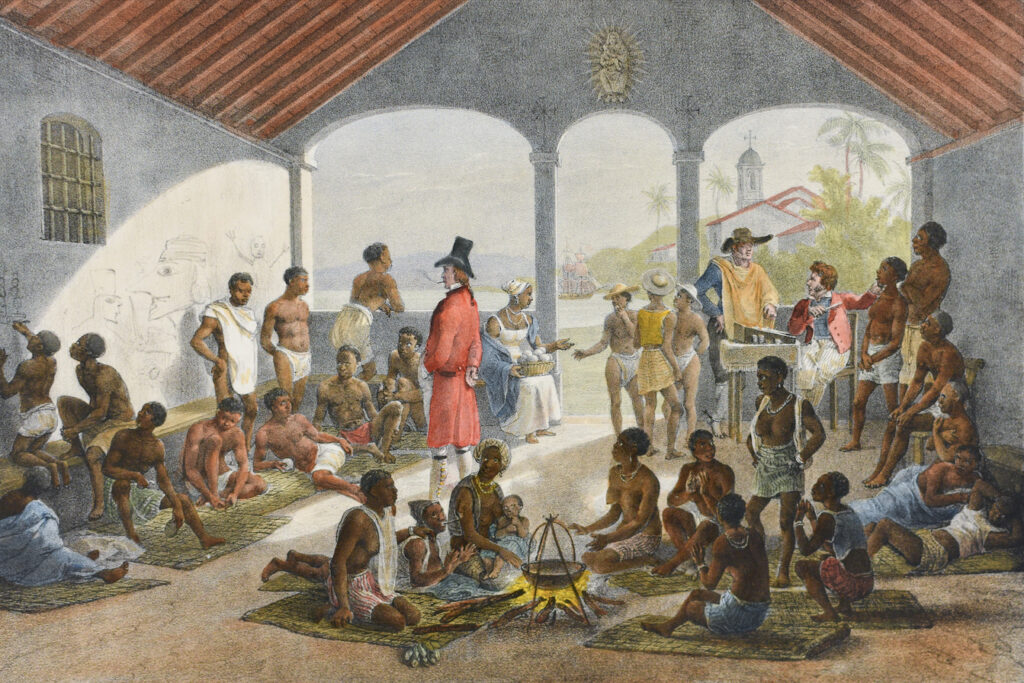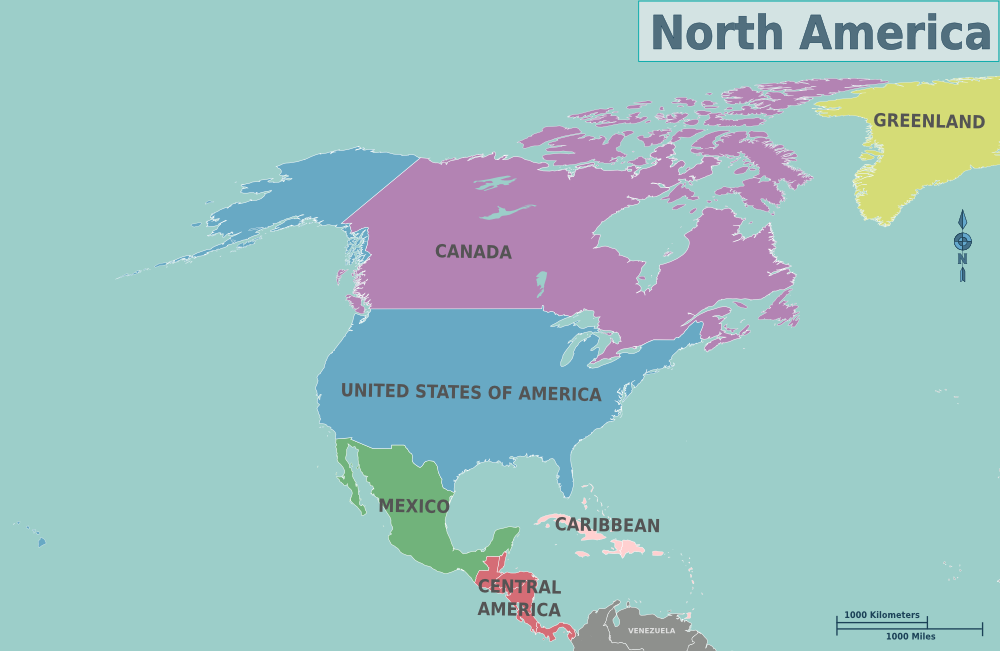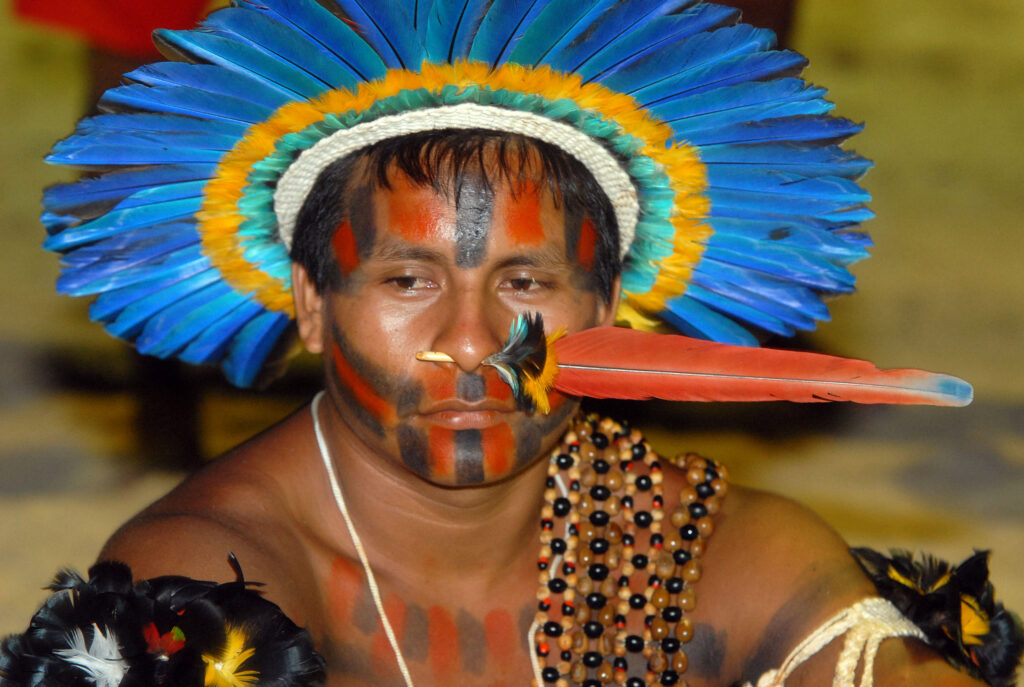Introduction
Small towns have long been romanticized in literature, film, and music as idyllic places where everyone knows each other and life moves at a slower, more personal pace. The phrase “Try That in a Small Town” often evokes the unique social dynamics, close-knit communities, and distinct cultural aspects that characterize these areas. This comprehensive article will explore the various facets of small-town life, including the social structure, cultural practices, economic conditions, and the challenges and opportunities they present. Additionally, we’ll delve into the ways small towns maintain their identity amidst changing times and globalization.
The Social Structure of Small Towns
Close-Knit Communities
One of the most defining characteristics of small towns is their close-knit communities. In such places, the population is generally smaller, allowing for more personal interactions and stronger relationships among residents. People often know their neighbors, shopkeepers, and local officials personally, fostering a sense of belonging and mutual support.
Benefits of Close-Knit Communities
- Support Systems: Strong community ties mean residents can rely on each other for help and support during times of need, such as during personal crises or natural disasters.
- Safety and Security: With everyone knowing each other, there is often a heightened sense of safety and security. Suspicious activities are more likely to be noticed and addressed promptly.
- Shared Values: Close-knit communities often share common values and traditions, which can create a strong cultural identity and cohesion among residents.
Social Events and Traditions
Small towns are often rich in traditions and social events that bring the community together. These can include local festivals, parades, fairs, and community gatherings. Such events not only provide entertainment but also strengthen the communal bonds.
Examples of Social Events
- Annual Fairs: Many small towns hold annual fairs that showcase local produce, crafts, and talents. These events are a significant part of the town’s social calendar.
- Parades: Parades on national holidays, such as Independence Day or Thanksgiving, are common, with participation from local schools, businesses, and community groups.
- Community Dinners: Potluck dinners and community meals are frequent, fostering a sense of togetherness and allowing residents to share their culinary skills.
Cultural Practices in Small Towns
Preservation of Traditions
Small towns often place a high value on preserving traditions and cultural practices. This preservation can be seen in local festivals, historical societies, and cultural institutions that maintain the town’s heritage.
Examples of Cultural Preservation
- Local Museums: Many small towns have museums that document the town’s history, from its founding to the present day, often including exhibits on local industries, notable residents, and historical events.
- Festivals: Cultural festivals celebrating local heritage, such as heritage days or town anniversaries, play a crucial role in keeping traditions alive.
- Historical Societies: These organizations work to preserve and promote the history and culture of the town through events, publications, and education programs.
Arts and Crafts
The arts often play a significant role in small-town culture. Local artisans and craftspeople contribute to the town’s cultural fabric through their work, whether it’s traditional crafts, painting, sculpture, or music.
Supporting Local Artisans
- Art Shows and Markets: Local art shows and markets provide venues for artisans to display and sell their work, fostering a vibrant local art scene.
- Workshops and Classes: Many small towns offer workshops and classes in various arts and crafts, allowing residents to learn new skills and express their creativity.
- Community Theaters: Small-town theaters often host plays, musicals, and performances that reflect the town’s culture and engage local talent.
Economic Conditions in Small Towns
Local Businesses
Small towns often rely heavily on local businesses, which form the backbone of the local economy. These businesses can range from family-owned stores and restaurants to local service providers.
Supporting Local Businesses
- Buy Local Campaigns: Many small towns run campaigns encouraging residents to support local businesses, helping to keep money within the community and sustain local employment.
- Chambers of Commerce: Local chambers of commerce play a vital role in supporting and promoting local businesses through networking events, training, and advocacy.
- Local Markets: Farmers’ markets and craft fairs provide platforms for local producers and artisans to sell their goods directly to the community.
Employment Opportunities
Employment opportunities in small towns can be limited compared to larger cities. However, small towns often have industries that provide jobs to local residents, such as agriculture, manufacturing, or tourism.
Key Employment Sectors
- Agriculture: Many small towns are located in rural areas where agriculture plays a significant role in the local economy, providing jobs and sustaining other local businesses.
- Manufacturing: Small-scale manufacturing plants and factories can be significant employers in small towns, producing goods for both local use and wider distribution.
- Tourism: Towns with historical significance, natural beauty, or unique attractions can benefit from tourism, which provides jobs in hospitality, retail, and services.
Economic Challenges
Despite their many strengths, small towns often face economic challenges, such as limited job opportunities, population decline, and the impact of larger economic trends.
Addressing Economic Challenges
- Economic Development Initiatives: Many small towns implement economic development programs to attract new businesses, support existing ones, and promote job creation.
- Grants and Funding: Accessing grants and funding from government and private sources can help small towns invest in infrastructure, education, and business development.
- Community Projects: Community-led projects, such as co-operatives and social enterprises, can provide innovative solutions to local economic challenges.
Challenges and Opportunities in Small Towns
Population Decline
Many small towns face the challenge of population decline as younger residents move to urban areas in search of better opportunities. This trend can lead to a shrinking workforce, reduced economic activity, and challenges in maintaining services and infrastructure.
Strategies to Counter Population Decline
- Attracting New Residents: Initiatives to attract new residents, such as marketing the town’s quality of life, affordable housing, and sense of community, can help counteract population decline.
- Retaining Youth: Providing opportunities for education, employment, and recreation can encourage younger residents to stay and build their futures in the town.
- Supporting Families: Family-friendly policies and services, such as quality schools, childcare, and healthcare, can make small towns attractive places to live and raise children.
Infrastructure and Services
Maintaining and improving infrastructure and services is crucial for the sustainability of small towns. This includes transportation, healthcare, education, and utilities.
Key Infrastructure Needs
- Transportation: Reliable transportation links, such as roads, public transit, and connectivity to larger urban centers, are essential for economic and social vitality.
- Healthcare: Access to quality healthcare services, including hospitals, clinics, and emergency services, is critical for the well-being of residents.
- Education: Strong educational institutions, from primary schools to vocational training and adult education, are vital for community development and economic growth.
Community Engagement
Active community engagement is a hallmark of small-town life. Residents often participate in local governance, volunteer for community projects, and support local initiatives.
Encouraging Community Engagement
- Volunteering: Promoting volunteer opportunities in local organizations, schools, and events helps build a sense of ownership and pride among residents.
- Public Participation: Encouraging residents to participate in town meetings, local government, and community planning ensures that diverse voices are heard and considered.
- Youth Involvement: Engaging young people in community activities and decision-making processes fosters a sense of responsibility and connection to their hometown.
Preserving Identity Amidst Change
Balancing Tradition and Progress
Small towns often strive to balance preserving their unique identity and traditions with embracing progress and modernization. This balance is crucial for maintaining a sense of place and continuity while adapting to changing circumstances.
Strategies for Balancing Tradition and Progress
- Heritage Conservation: Protecting historical sites, buildings, and landmarks helps preserve the town’s history and cultural heritage.
- Innovative Development: Encouraging innovative and sustainable development projects that respect the town’s character can promote growth without sacrificing identity.
- Cultural Programs: Supporting cultural programs and events that celebrate local traditions and history fosters community pride and continuity.
Adapting to Globalization
Globalization presents both challenges and opportunities for small towns. While it can lead to economic and cultural changes, it also provides access to new markets, ideas, and technologies.
Embracing Global Opportunities
- E-Commerce: Small businesses can leverage e-commerce platforms to reach broader markets and increase sales beyond the local community.
- Cultural Exchange: Engaging in cultural exchange programs and partnerships with other communities can enrich local culture and broaden perspectives.
- Technological Advancements: Adopting new technologies can improve local services, enhance education and healthcare, and support economic development.
Conclusion
The phrase “Try That in a Small Town” encapsulates the unique charm and challenges of small-town life. These communities are characterized by their close-knit social structures, rich cultural traditions, and distinct economic dynamics. While they face challenges such as population decline and economic shifts, small towns also offer opportunities for strong community engagement, cultural preservation, and innovative development. By balancing tradition with progress and embracing the opportunities presented by globalization, small towns can maintain their identity and thrive in the modern world.



